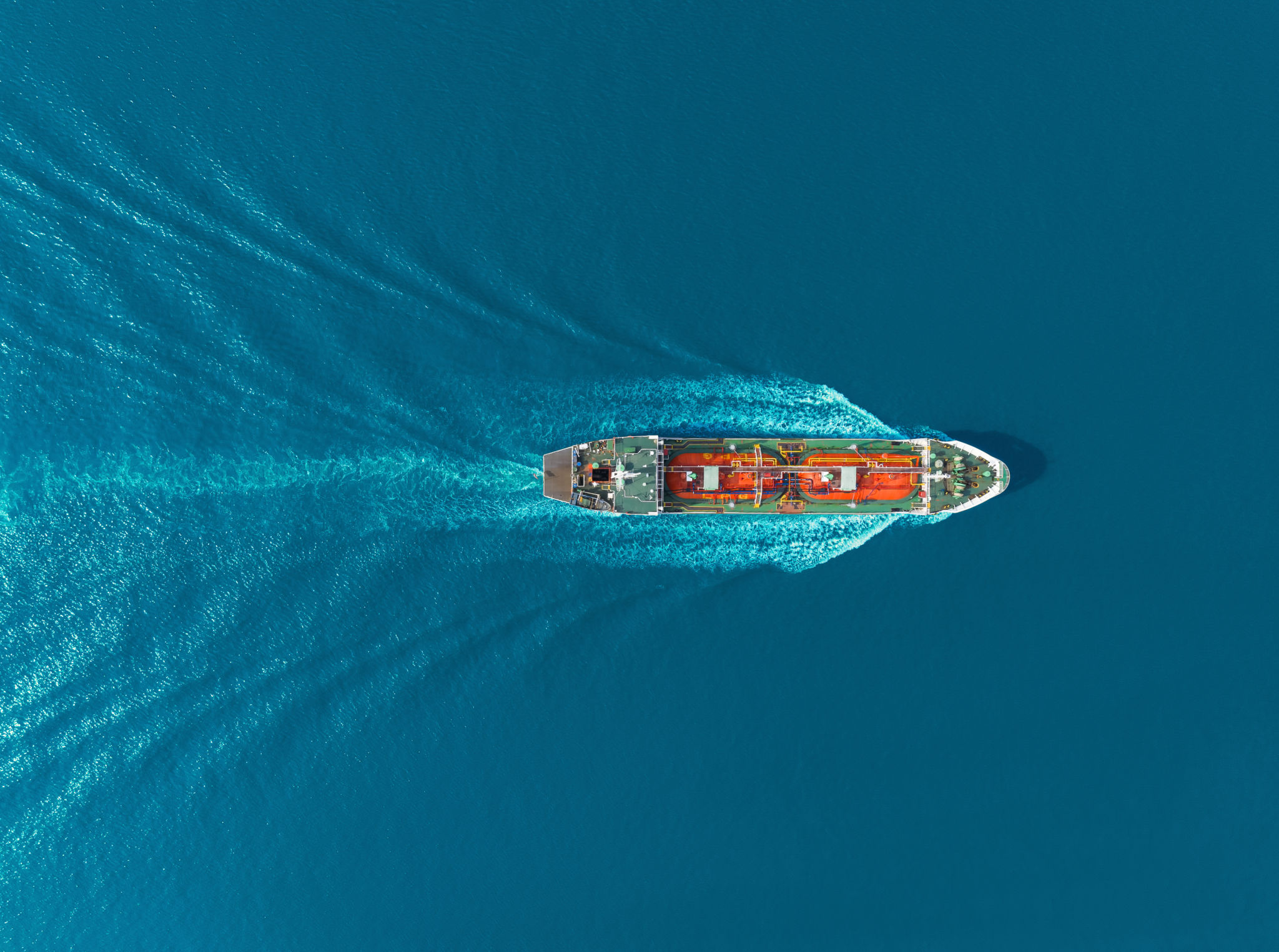How to Conduct Effective Pre-Shipment Inspections for LPG Cargoes
Understanding the Importance of Pre-Shipment Inspections
Pre-shipment inspections are a crucial step in ensuring the safety and quality of LPG cargoes. These inspections help in identifying any potential issues that could compromise the cargo's integrity or safety during transit. As LPG is a highly flammable and volatile substance, conducting thorough inspections can prevent accidents and ensure compliance with international shipping standards.
By conducting effective pre-shipment inspections, companies can mitigate risks, avoid costly delays, and maintain their reputation in the industry. It is essential to have a structured approach to these inspections to ensure nothing is overlooked.

Key Steps in Conducting Inspections
Preparing for the Inspection
Before conducting a pre-shipment inspection, it's important to have a clear plan in place. This includes gathering all necessary equipment and documentation. Inspectors should be well-versed with industry standards and regulations related to LPG cargoes. Ensuring all team members are trained and knowledgeable is crucial for a successful inspection.
Visual and Technical Checks
During the inspection, both visual and technical checks are conducted. Inspectors should look for any visible signs of damage or wear on the cargo tanks and containers. Technical checks involve testing the equipment used for loading and unloading LPG to ensure it functions correctly. This may include pressure tests, valve checks, and verifying safety features are operational.

Ensuring Compliance with Safety Standards
Compliance with safety standards is paramount when dealing with LPG cargoes. Inspectors should verify that all safety protocols are in place, such as proper labeling and secure fastening of the cargo. This ensures that the shipment adheres to both local and international shipping regulations.
Additionally, reviewing documentation such as certificates of origin, safety data sheets, and inspection reports is vital. These documents provide evidence that the cargo has been inspected thoroughly and meets all required safety standards.

Utilizing Technology for Enhanced Inspections
The use of technology can greatly enhance the effectiveness of pre-shipment inspections. Advanced tools like thermal imaging cameras and gas detectors can help inspectors identify potential issues that might not be visible to the naked eye. These technologies allow for more accurate assessments and can speed up the inspection process.
Implementing digital checklists and reporting systems can also streamline the inspection process. This ensures that all aspects of the inspection are documented appropriately, providing a clear audit trail that can be referenced if any issues arise later.
Conclusion: The Impact of Thorough Inspections
Conducting effective pre-shipment inspections for LPG cargoes is essential for guaranteeing safety and compliance in the shipping industry. By following a structured approach, utilizing technology, and adhering to safety standards, companies can ensure their shipments arrive safely at their destination.
Investing time and resources into thorough inspections not only protects the cargo but also the environment and people involved in its transportation. By prioritizing these inspections, businesses can enhance their operational efficiency and uphold their commitment to safety.
